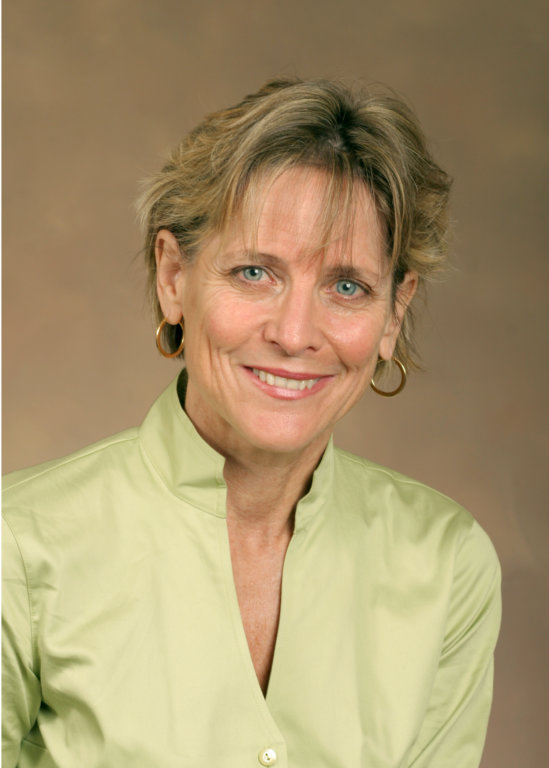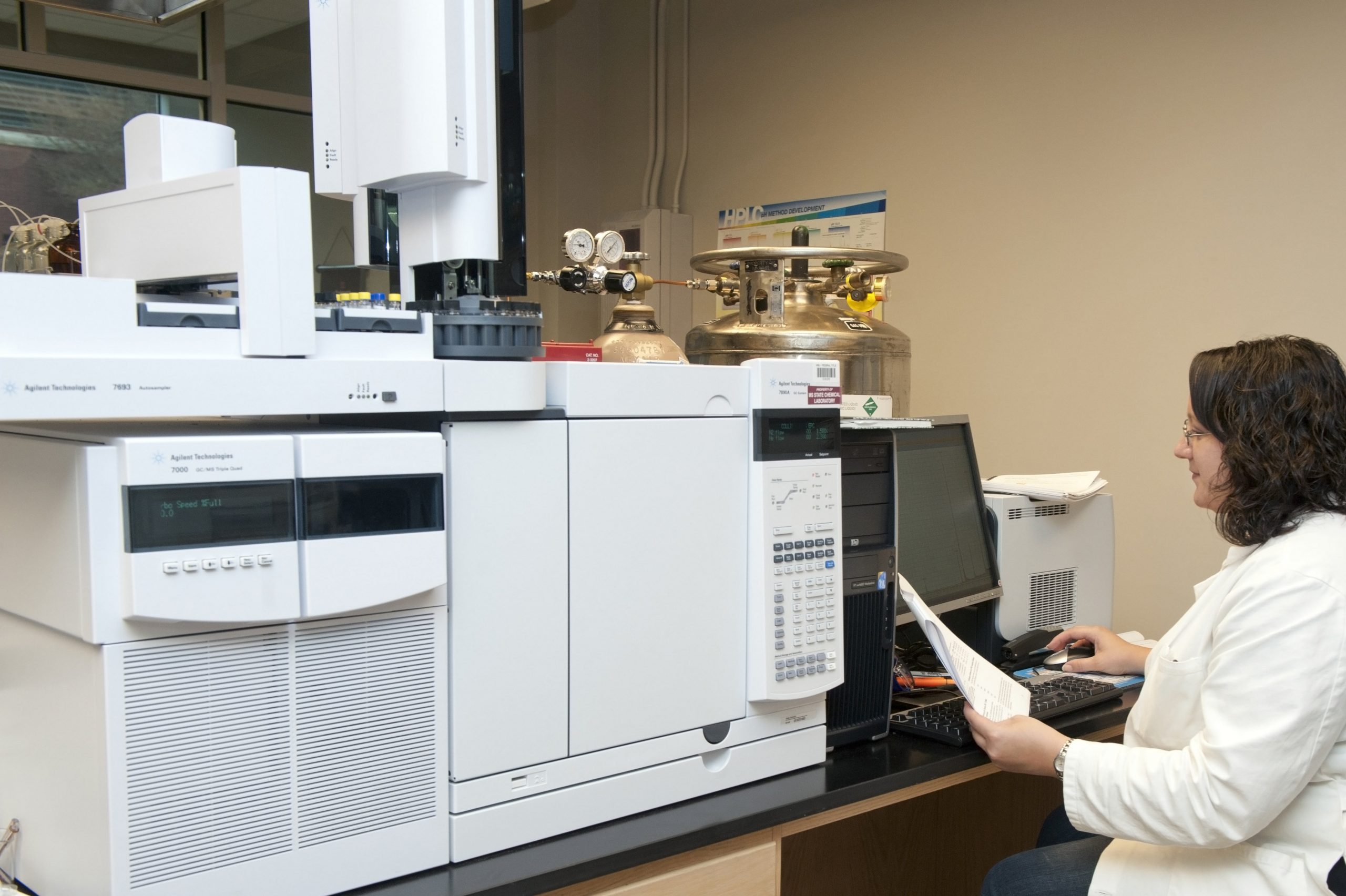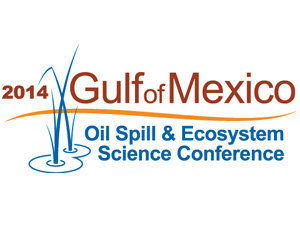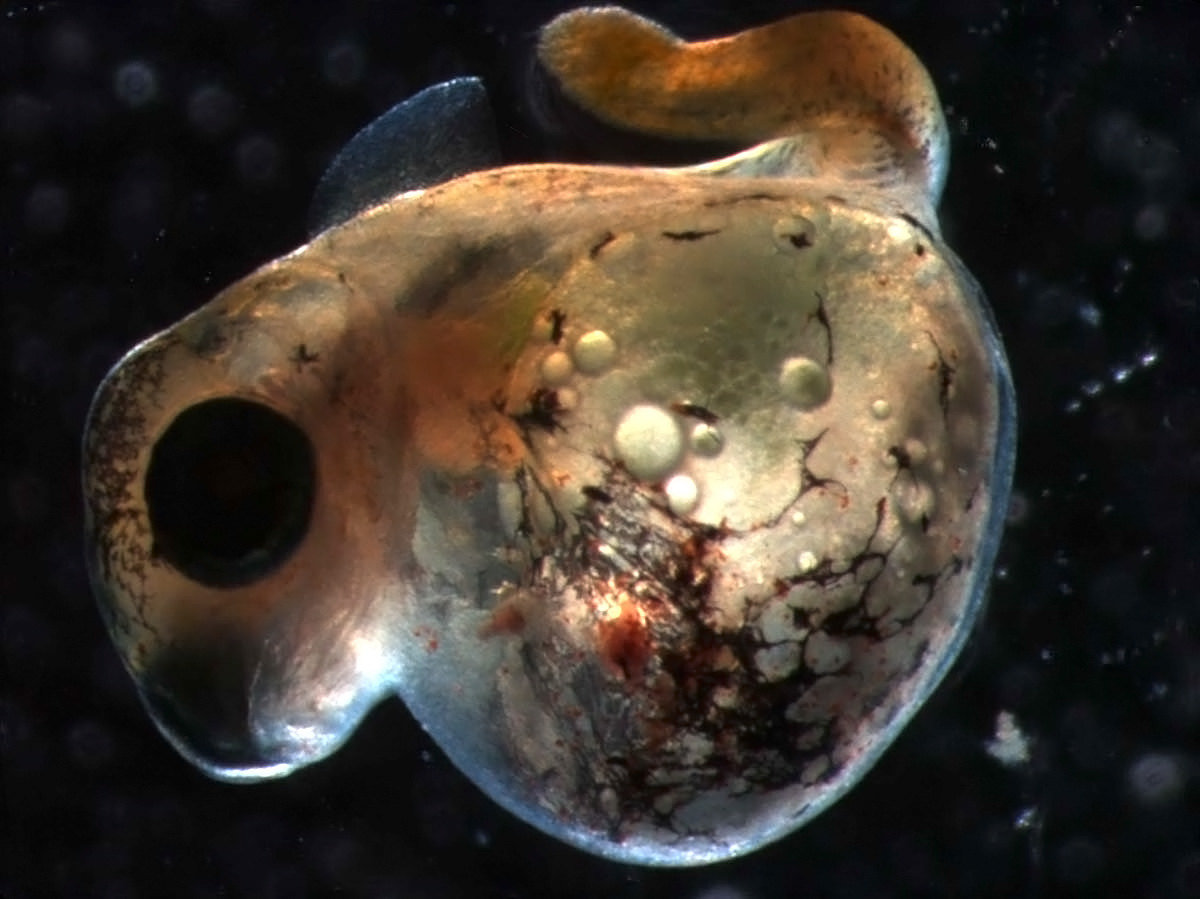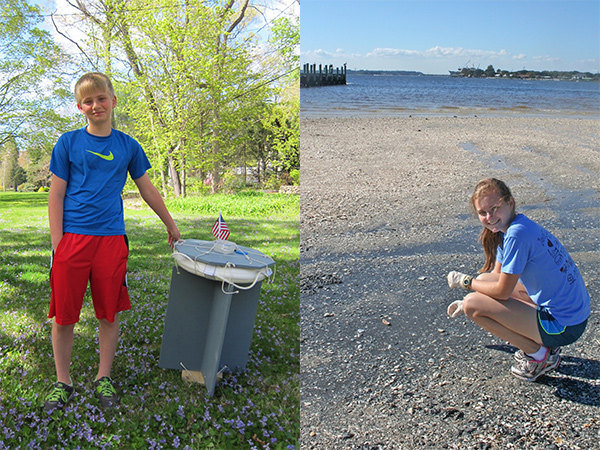Summer 2013 – Frequently Asked Questions by Dr. Chuck Wilson
Summer 2013 – Frequently Asked Questions by Dr. Chuck Wilson – June 7, 2013 (From Summer 2013 Newsletter) Dr. Chuck Wilson, Senior Scientist for the Gulf of Mexico Research Initiative (GoMRI), answers a few of the most frequently asked questions about the program. 1. Who is doing the research that’s funded through GoMRI? The research…
Details


